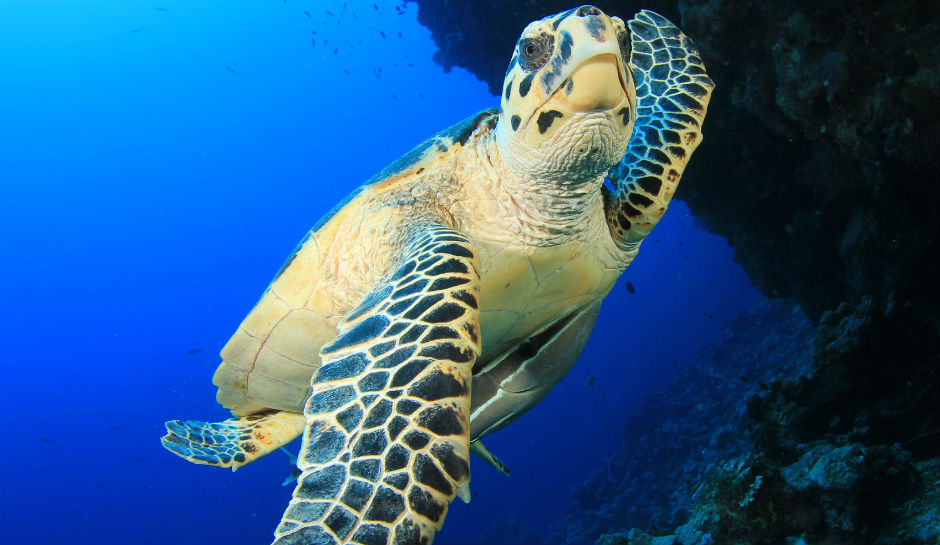-
Tips for becoming a good boxer - November 6, 2020
-
7 expert tips for making your hens night a memorable one - November 6, 2020
-
5 reasons to host your Christmas party on a cruise boat - November 6, 2020
-
What to do when you’re charged with a crime - November 6, 2020
-
Should you get one or multiple dogs? Here’s all you need to know - November 3, 2020
-
A Guide: How to Build Your Very Own Magic Mirror - February 14, 2019
-
Our Top Inspirational Baseball Stars - November 24, 2018
-
Five Tech Tools That Will Help You Turn Your Blog into a Business - November 24, 2018
-
How to Indulge on Vacation without Expanding Your Waist - November 9, 2018
-
5 Strategies for Businesses to Appeal to Today’s Increasingly Mobile-Crazed Customers - November 9, 2018
First ever glowing sea turtle discovered in Solomon Islands by accident
Marine biologist David Gruber of City University New York was swimming with his team in the Solomon Islands this past July while trying to film biofluorescence in small sharks and coral reefs.
Advertisement
Researchers have discovered an incredible glowing sea turtle, near the Solomon Islands, in the South Pacific. The glowing underwater body turned out to be a hawksbill sea turtle, a critically endangered species.
It is important to note the turtle is not producing its own light but rather reflecting it. A phenomenon known as Biofluorescence. And now, as an exclusive to National Geographic, scientists have reported the first case of biofluorescence in a reptile. In a video released by National Geographic on September 28, Gruber said the sea turtle looked like a “bright red and green spaceship”. The sighting was recorded on video camera, using a yellow filter that identifies fluorescence.
“I’ve been [studying turtles] for a long time and I don’t think anyone’s ever seen this”, said Alexander Gaos, director of the Eastern Pacific Hawksbill Initiative, who was not involved in discovering the new turtle. “This is really quite awesome”. However, one night during a dive, Gruber’s team was on watch for crocodiles that often peruse the area, “and there came out of nowhere this fluorescent turtle”, says Gruber, according to National Geographic.
Biofluorescence is the ability to reflect blue light that it hitting a surface, and then re-emit it as a different color – most commonly, green, red, and orange. But Gruber pointed that algae could have caused the glowing red on the shell of the hawksbill, while the turtle itself may have produced the green colour.
The turtle is closely related to the green sea turtle, however, which is much more common – though also endangered – and scientists may be able to study this creature in its place. It is believed to be used for finding and attracting prey, for defense or for a few kind of communication.
Advertisement
To study the biofluorescent sea turtles is hard as few of its species are left and are extremely protected, Gruber added. It’s the flawless light environment that would fuel the biofluorescent quality in hawksbill sea turtles.




























